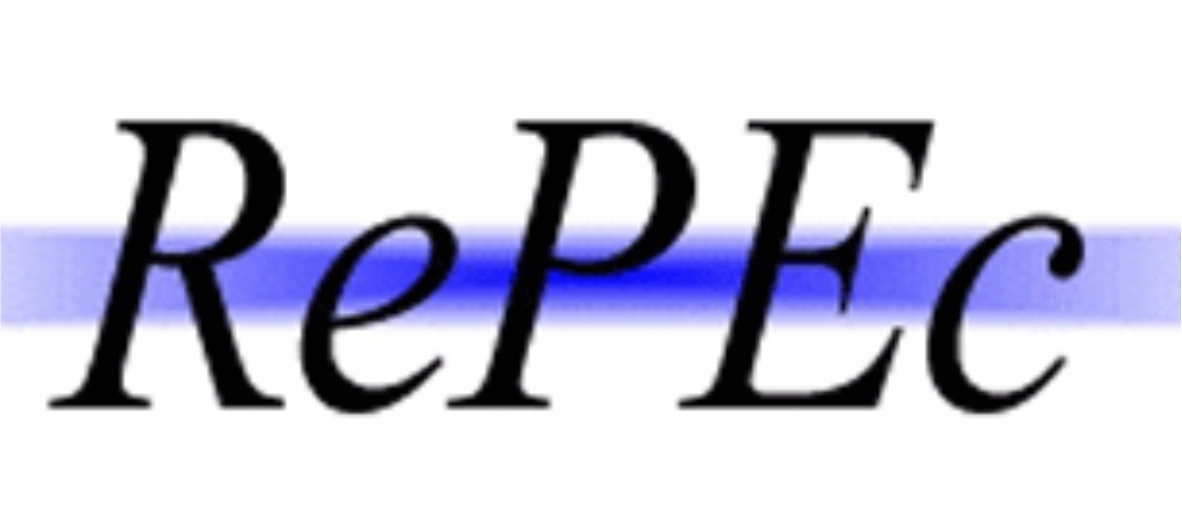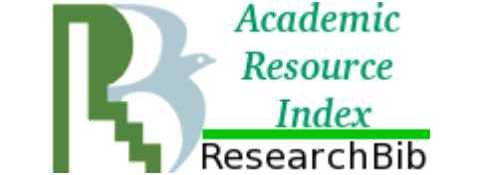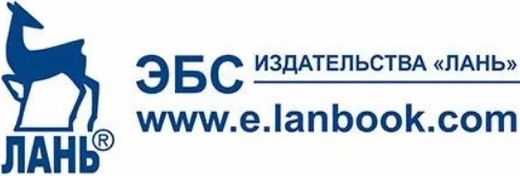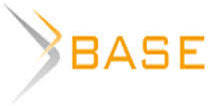Исследование уровня инновационности стран мира во взаимосвязи с их расходами на высшее образование
Большинство стран мира, преследуя цель поддержания и ускорения темпов своего инновационного развития, расходуют значительные средства на науку и высшее образование, тем самым создавая сбалансированные национальные инновационно-экономические системы. Для количественной оценки результативности этих расходов в статье произведен анализ 132 стран рейтинга Global Innovation Index (GII). В ходе исследования была выявлена сильная корреляционная связь между величиной государственных расходов на одного студента и уровнем инновационности экономик государств. Был сформирован ТОП-20 стран по величине расходов на одного студента и расходов высшего образования на одного гражданина этой страны. В результате выявлено, что наиболее эффективно расходуют свои средства на эти цели Великобритания, Сингапур, Германия, Израиль и Япония.

















Пока никто не оставил комментариев к этой публикации.
Вы можете быть первым.
1. Погарская О. С., 2013. Университет-
ский трансфер технологий как ключевой фак-
тор развития Российской экономики знаний /
О. С. Погарская // Вестник Белгородского уни-
верситета кооперации, экономики и права. –
2013. – № 4(48): 504-511.
2. Тинякова В. И., 2018. Анализ состав-
ляющих инновационного потенциала террито-
рий / В. И. Тинякова, О. С. Чемерис // Управ-
ление городом: теория и практика. – 2018. –
№ 3(30): 48-58.
3. Удальцова Н. Л., 2021. Особенности
становления и развития инновационной систе-
мы России в контексте "Тройной спирали" /
Н. Л. Удальцова, Д. А. Крутских // Вопросы
инновационной экономики. – 2021. – Т. 11. –
№ 1: 33-46. – DOI 10.18334/vinec.11.1.111894.
4. Bakry S. H., (2018). Innovation in higher
education: towards enhancing sustainable development
//The Future of Innovation and Technology
in Education: Policies and Practices for
Teaching and Learning Excellence. – Emerald
Publishing Limited, 2018.
5. Bate A. F., Wachira E. W., Sándor D.,
(2021). The Determinants of Innovation Performance;
An Income Based Cross-Country Comparative
Analysis Using Global Innovation Index
(GII). – 2021.
6. BETA.DATALAB. Goverment finance.
[Электронныйресурс]. – URL: datalab.
usaspending.gov. – (Датаобращения
01.02.2022).
7. Chentukov Y. et al., (2021.) Assessing
the impact of higher education competitiveness on
the level of socio-economic development of a
country //Problems and Perspectives in Management.
– 2021. – Т. 19. – №. 2. – P. 370-383.
8. KaluginV. A., (2013). Theprinciplesand
methods of the appraisal of commercialization
projects of the universities innovations /
V. A. Kalugin, O. S. Pogarskaya, I. Olegovna
Malikhina // World Applied Sciences Journal. –
2013. – Vol. 25. – No 1. – P. 97-105. – DOI
10.5829/idosi.wasj.2013.25.01.7029.
9. Knoema. [Электронный ресурс]. –
URL:knoema.com. – (Дата обращения
01.02.2022).
10. Lavrinenko, Ya. B., & Novikov, A. G.,
(2019). To the question of the need for changes in
the innovative infrastructure of the region in the
conditions of digitalization of the economy. BBC
65.0501 A 43, 203.
11. Levchenko O., Tkachuk O., Tsarenko I.,
(2018). The Role of Universities and their Research
Work in the Generation of Innovation :
дис. – TUKE, 2018.
12. Menna A., Walsh P. R., Ekhtari H.,
(2019). Identifying enablers of innovation in developed
economies: A National Innovation Systems
approach //Journal of Innovation Management.
– 2019. – Т. 7. – №. 1. – P. 108-128.
13. Ministry of Science and Higher Education
of the Russian Federation. Open Data. [Элек-
тронный ресурс]. – URL: minobrnauki.
gov.ru/opendata. – (Дата обращения
01.02.2022).
14. Our World in Data. [Электронный ре-
сурс]. – URL: ourworldindata.org.– (Дата обра-
щения 01.02.2022).
15. Sekuloska J. D., (2014). Higher education
as a pillar in increasing innovation capacities
// Economics and Management. – 2014. – Т. 19. –
№. 3. – Р. 241-247.
16. Sohn S. Y., Kim D. H., Jeon S. Y.,
(2016). Re-evaluation of global innovation index
based on a structural equation model // Technology
Analysis & Strategic Management. – 2016. –
Т. 28. – №. 4. – Р. 492-505.
17. Statista.Global No.1 Business Data Platform.
[Электронный ресурс]. – URL:
www.statista.com– (Дата обращения
01.02.2022).
18. The UNESCO Institute for Statistics.
[Электронный ресурс]. –
URL:data.uis.unesco.org. – (Дата обращения
01.02.2022).
19. Todeva E., (2018). The global innovation
index as a measure of triple helix engagement
//International Triple Helix Summit. – Springer,
Cham, 2018. – Р. 119-134.
20. Van Staveren I., (2013). Gender as a
macroeconomic variable //New Frontiers in Feminist
Political Economy. – Routledge, 2013. –
Р. 151-169.
21. World Bank Open Data. [Электронный
ресурс]. – URL: data.worldbank.org. – (Дата об-
ращения 01.02.2022).
22. Zhirnova G. I., Absalyamova S. G.,
(2013). Global innovation gap and quality of education
//2013 International Conference on Interactive
Collaborative Learning (ICL). – IEEE, 2013.
– Р. 144-145.